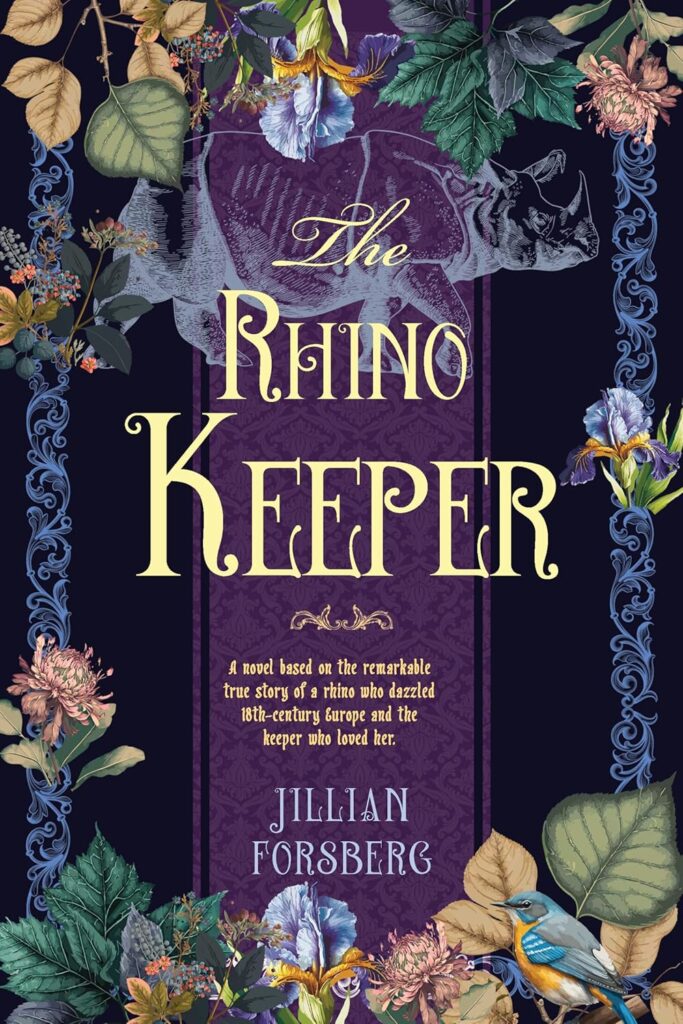Letters to Loved Ones: How the Postal Service Helped to Win the Great War
Hazel Gaynor & Heather Webb
 They say the pen is mightier than the sword, and this may never be truer than during a time of war. Over the four years of the Great War, letters and telegrams passed fast and furiously from the Front to home, and back again, boosting morale in the trenches, and helping soldiers and civilians endure this difficult time. The anticipation of news from the trenches, the agony of long weeks without word, and the despair of the telegram boy’s knock on the door were all part of everyday life in wartime Britain.
They say the pen is mightier than the sword, and this may never be truer than during a time of war. Over the four years of the Great War, letters and telegrams passed fast and furiously from the Front to home, and back again, boosting morale in the trenches, and helping soldiers and civilians endure this difficult time. The anticipation of news from the trenches, the agony of long weeks without word, and the despair of the telegram boy’s knock on the door were all part of everyday life in wartime Britain.
Letters and telegrams were exchanged with surprising speed and efficiency, often arriving within two to four days of being posted. By 1915, the amount of mail being sent to and from Britain led to a purpose-built sorting office established at Regent’s Park. At the height of the war, around 2,800 workers were employed there—mostly women and injured soldiers. Trains ran to and from France around the clock, carrying one million parcels and over twelve million letters per week.
With the War Office censoring letters, many soldiers shied away from being overly sentimental in their missives, and some relied on the language of stamps to convey emotion. Placing a stamp in a particular position to communicate a secret meaning began when postcards were first introduced during the Victorian era. As war ravaged the globe, the tradition regained popularity—anything to encourage a loved one waiting at the other end of the postal chain.
Letters offer a wonderful snapshot of a moment, captured forever. For novelists researching an event such as the Great War, letters are especially vital because they offer a uniquely personal insight into the important issues, hopes, and fears of a generation. Reading these snippets of everyday life—to understand how people expressed themselves, to access a permanent record of the conventions, restrictions, and etiquette of an era—can tell us so much.
Without these records of written correspondence, we wouldn’t have these intimate accounts of war. Newspaper reports tell us only what those in charge of the printed press wished the public to know at the time. What we know about the regular tommy waiting to go over the top, or about the young VAD nurse who has left home for the first time and finds herself in a field hospital at the Somme, was made possible because of those much-cherished letters.
As novelists embarking on our first collaboration, we found something deeply compelling about the immediacy and intimacy of wartime letters. It was the raw honesty of these letters that attracted us to the epistolary form. Letters served as the perfect vehicle for us to develop clearly defined characters with distinct voices, characters we could initially write individually and subsequently edit together to produce a seamless novel. In addition, this format seemed an organic way to work as a team—an idea we had toyed with as a means to push our skills as well as to connect and grow our readership.
The challenge for any historical novelist is to take the known facts of an event and enrich them—fill in the blanks with our imagination. When we do this in the epistolary form, we can intimately transport the reader not only into the hearts and minds of our protagonists, but also into the historical setting: something every reader hopes for when choosing great historical fiction.
ABOUT THE CONTRIBUTORS: Hazel Gaynor is the bestselling author of The Girl Who Came Home and The Cottingley Secret. Heather Webb is the author of historical novels Becoming Josephine and Rodin’s Lover. Their co-written novel, Last Christmas in Paris: A Novel of WWI (William Morrow), was released on October 3rd.






